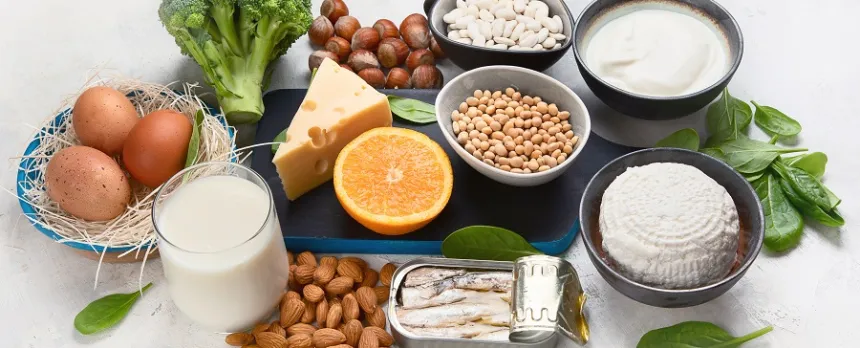Lactose Intolerant? Milk is Off the Menu

A scoop of ice cream or a tall glass of milk with freshly baked cookies can be a great treat, but what if these treats cause an upset stomach on a regular basis? If you find yourself uncomfortable every time you drink milk or consume milk products, it may be time to consider the possibility that you may be lactose intolerant.
The first thing to know is that being lactose intolerant isn't the same as having a milk allergy. An allergy is an immune system response, whereas being lactose intolerant means your digestion is compromised. If you're lactose intolerant, it means that your body doesn't produce enough lactase, the enzyme that breaks down the sugar lactose that is found in milk. This means the severity of lactose intolerance can differ depending on the amount of lactase your body does or doesn't produce.
What Symptoms Would I Experience?
Symptoms below would appear 30 minutes to 2 hours after eating or drinking milk products:
- Upset stomach/nausea
- Cramps
- Bloating
- Abdominal pain
- Gas
- Loose stool/diarrhea
How to Know If I'm Lactose Intolerant
There are a few different ways to diagnose lactose intolerance, but the hydrogen breath test is the most accurate with a sensitivity rating of 90%. This test measures the amount of hydrogen in your breath after drinking a lactose liquid. If your body lacks the proper amount of enzymes to digest lactose, your large intestine produces hydrogen in response to the undigested lactose. That hydrogen is then carried through the bloodstream to the lungs where you breathe it out. The hydrogen levels are tested in regular intervals throughout the test by breathing into a hydrogen measurement device. High amounts of hydrogen in your breath may mean you are lactose intolerant.
I'm Lactose Intolerant, Now What?
Knowing there's nothing you can do to make your body produce more of the lactase enzyme, you need to look at modifying your diet. The good news is you don't always have to avoid milk and milk products completely. It's important to start looking at food labels to see what foods contain milk. Then you can track which foods your body can and cannot easily digest. You can try low-lactose dairy products like hard cheese or food with active cultures, such as yogurt, to help break down lactose. Dairy products with lactase added to them, such as Lactaid milk or ice cream, can be good alternatives. Milk products can sometimes be easier to digest if you eat them with another food like cereal. Lactase enzyme tablets, which are an over-the-counter medicine, can also be taken before you eat food that contains milk.
Where Will I Get My Calcium?
Milk is a great source of calcium, but when it comes to being lactose intolerant, you'll need to look at other options to get your calcium.
Low-lactose dairy foods:
- Aged cheese, such as Swiss, cheddar or Parmesan
- Cream cheese
- Ricotta cheese
Other calcium rich foods:
- Broccoli, lettuce greens, kale, bok choy, turnip greens
- Canned salmon or sardines
- Alfalfa sprouts, soy sprouts
- Tofu, soybeans, pinto beans, navy beans
- Almonds, dried fruits, sesame seeds, quinoa
- Calcium-fortified orange juice, soy drinks, rice drinks
Being lactose intolerant means you may need to change your diet and your health care provider can help.
Note: The content of this blog is for informational purposes only. It is not intended for use as diagnosis or treatment of a health problem or as a substitute for the professional consultation of a physician or qualified health care provider. If you have specific questions or concerns regarding a health or medical condition, contact your physician or a licensed health care professional.




